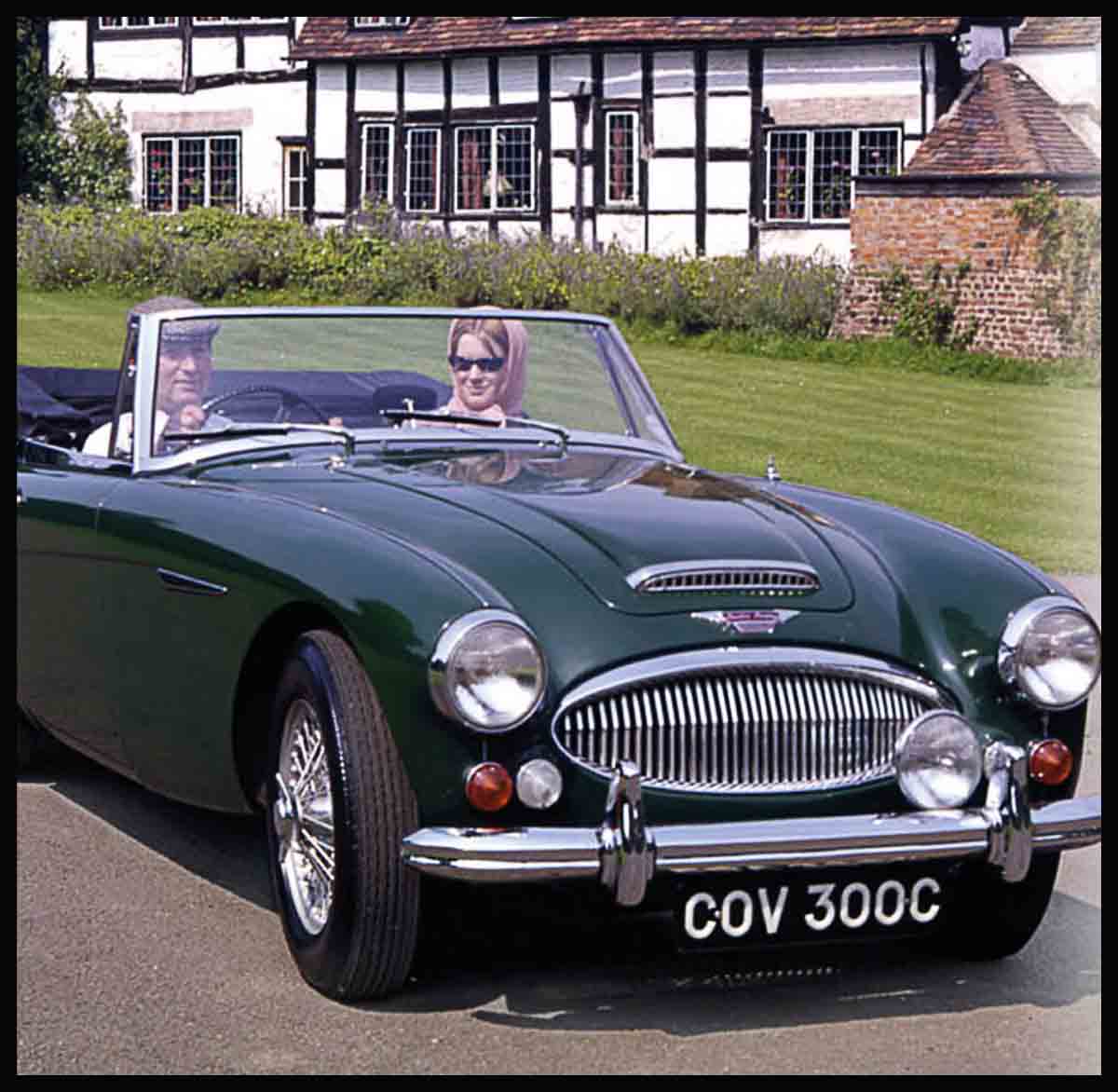
Austin-Healey 3000
Acclaimed former rally driver and engineer Donald Healey became a car manufacturer in his own right in 1946. He wanted to build a high-performance, inexpensive sports car, and achieved that with the Healey 100. Launched at the London Motor Show in 1952, the two-seater roadster featured a powerful 2.6-liter, four-cylinder engine from the discontinued Austin Atlantic. The Austin Motor Company was so impressed that it struck an instant deal.

LAUNCHED IN 1959 the 3000 was the third incarnation of the “Big” Healey design, following the 100 and 100-6. It adopted the British Motor Corporation’s, gutsy, new 3.0-liter, six-cylinder engine, and had powerful front disc brakes as standard to counteract its lively acceleration. Overdrive was an optional extra on the four-speed manual gearbox.
The 3000 was the epitome of late 1950s’ sports-car style, and looked especially rakish with its spoked wheels and two-tone bodywork. Yet, surprisingly, most were sold as four-seaters with two small, child-friendly seats in the back—the two-seater was a rarity even in the US, which was always seen as the car’s top market.
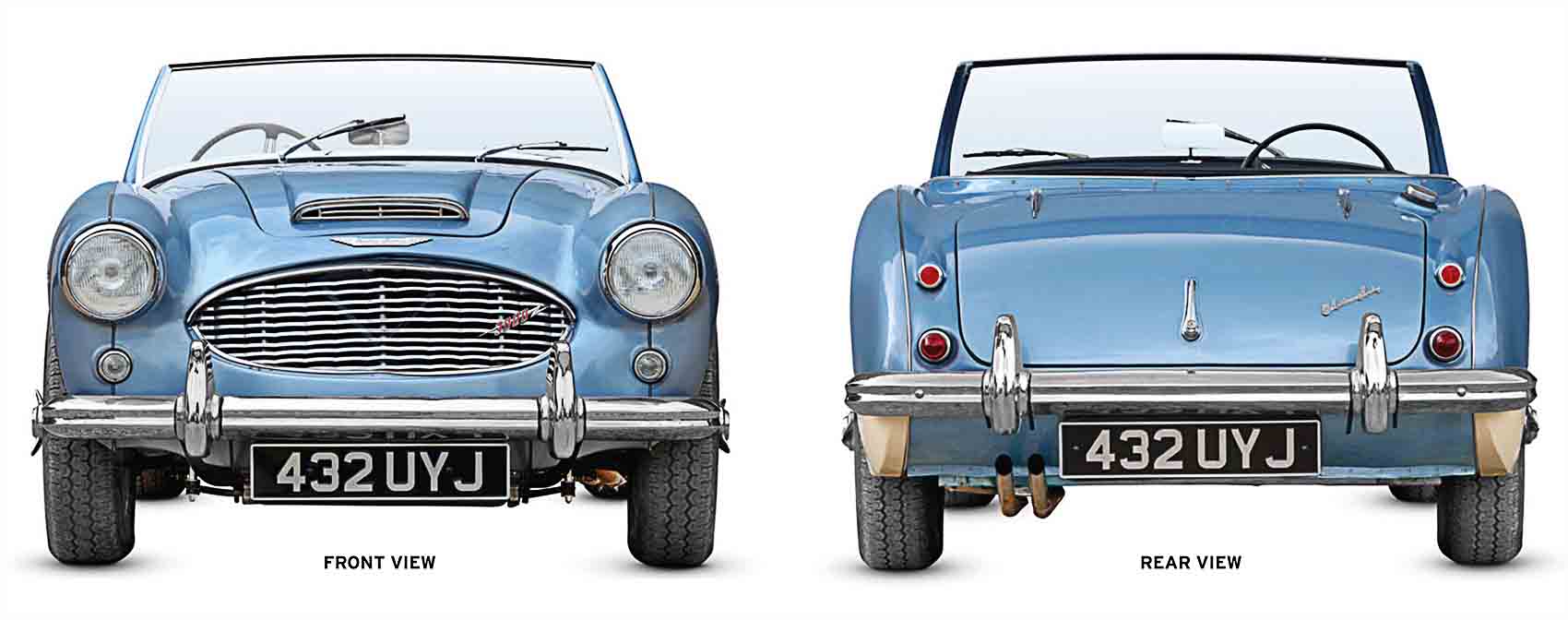
SPECIFICATIONS
| Model | Austin-Healey 3000 Mk I BN7,1959-61 |
| Assembly | UK |
| Production | 13,650 |
| Construction | Ladder-type chassis, welded steel body panels |
| Engine | 2912 cc, straight-six |
| Power output | 124 bhp at 4,600 rpm |
| Transmission | 4-speed manual with optional overdrive |
| Suspension | Front independent, rear live axle |
| Brakes | Front discs, rear drums |
| Maximum speed | 114 mph (183 km/h) |

Austin-Healey badge
This badge was created after Donald Healey and Austin, part of the British Motor Corporation (BMC), joined forces. The Austin-Healey 3000 was larger and more powerful than BMC’s MG TF and MGA; all three sports cars were exported in significant numbers.
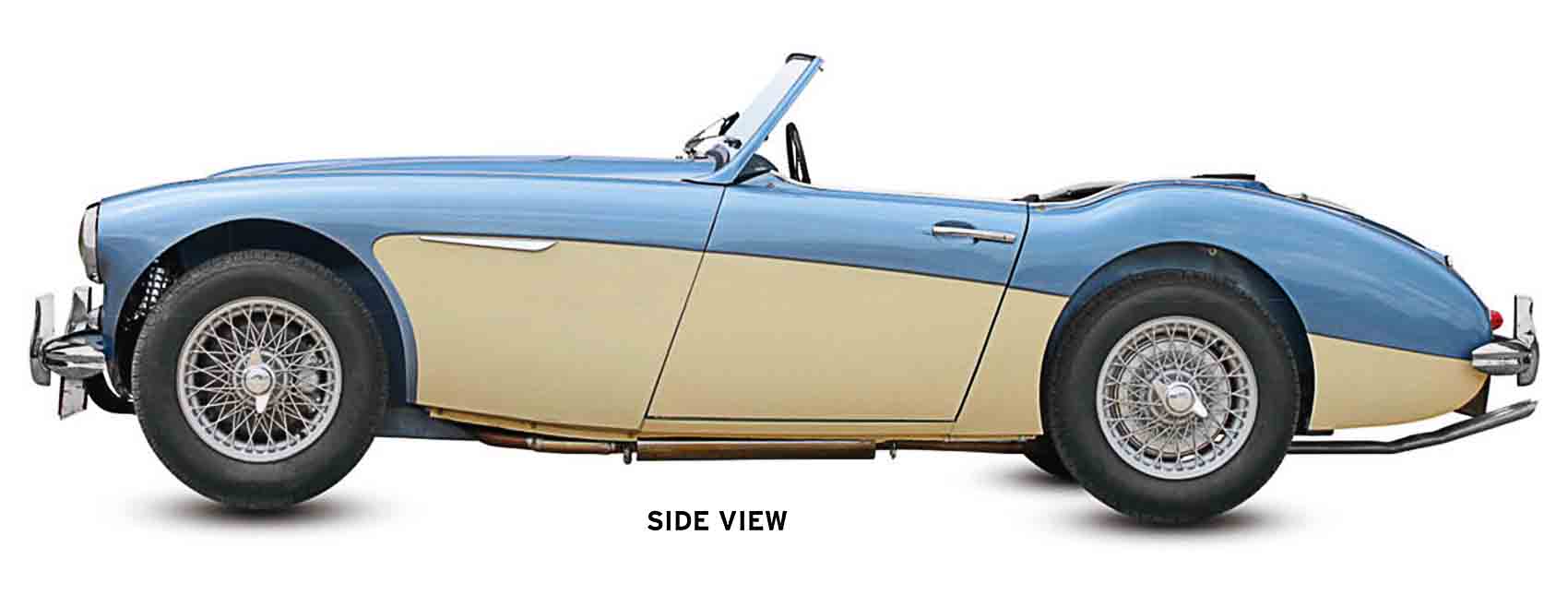
Styling
Donald Healey had a brilliant instinct for “packaging” sports cars. Unlike many industry entrepreneurs, he was also design aware, and worked closely with bodywork stylist Gerry Coker to create the 3000’s harmonious profile.
ON THE ROAD
Austin-Healeys were intended for fast, open-top motoring and so, despite the beautiful exterior, they were quite basic inside to keep their weight and bulk to a minimum. With a low centre of gravity—and the car’s predictable road manners allied to its eager performance—this made them excellent for rallying.
The model’s major victories included the punishing 1960 Liege-Rome-Liege rally in the hands of Pat Moss, sister of famous racing driver Stirling Moss. The 3000 Mk II of 1961 introduced a triple-carburetor engine, while the 1963 Mk III was the most powerful of all, with 150 bhp of thrust, and offered a more comfortable cockpit. The last 3000 was made in 1967, and to the dismay of enthusiasts the model was never replaced.
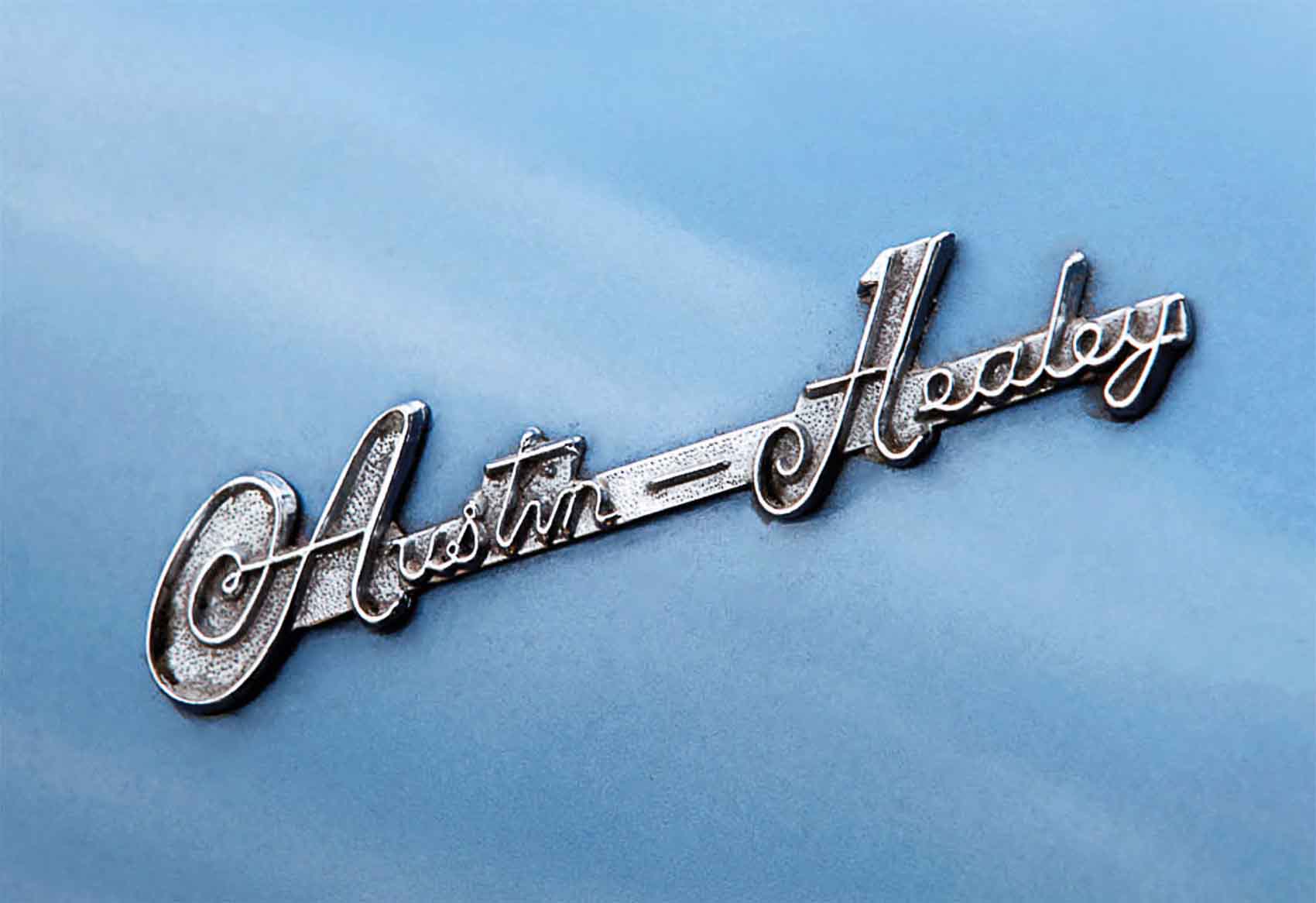
Two marques in one sports car brand
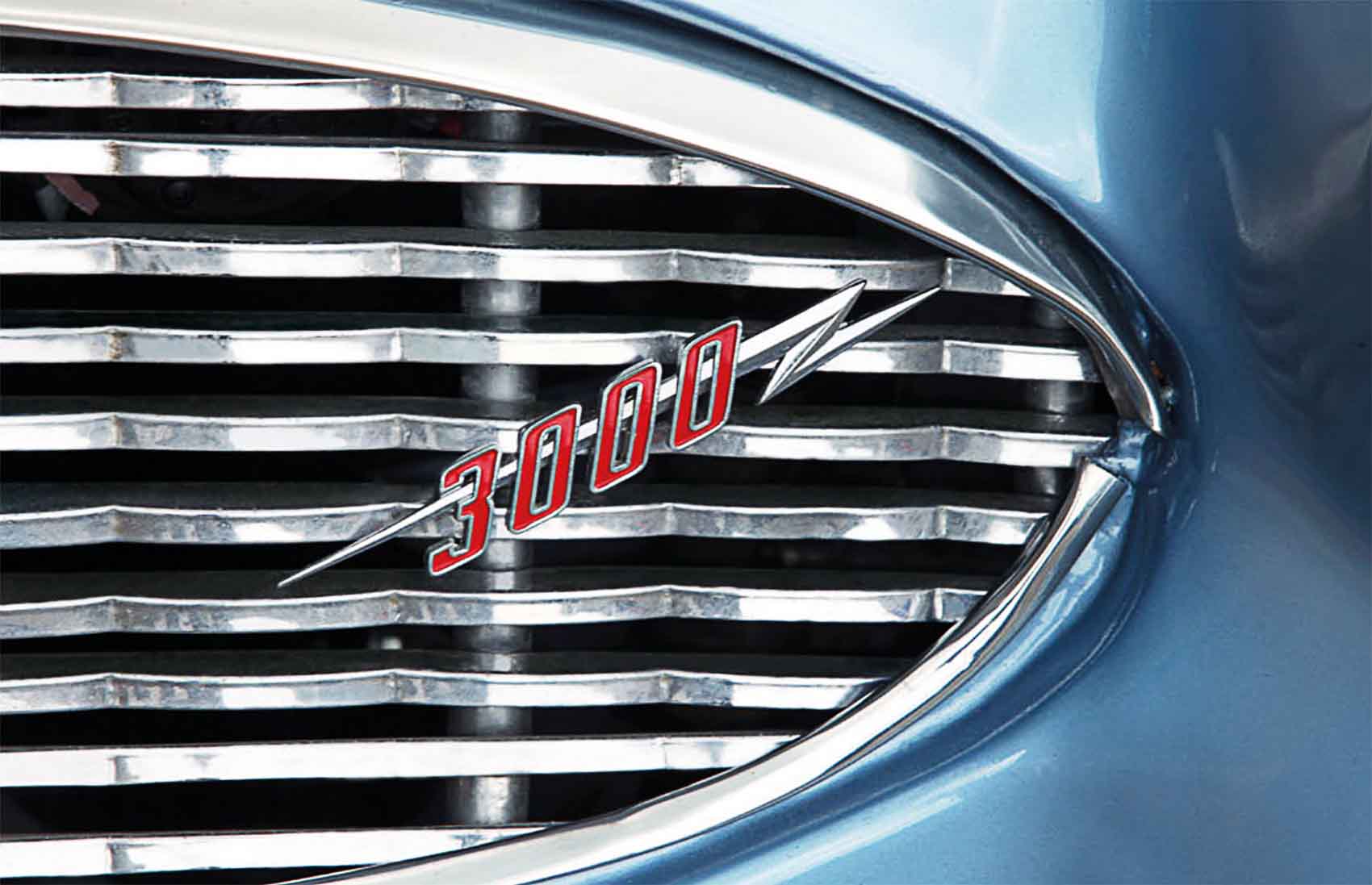
3000 badge on wavy radiator grille slats
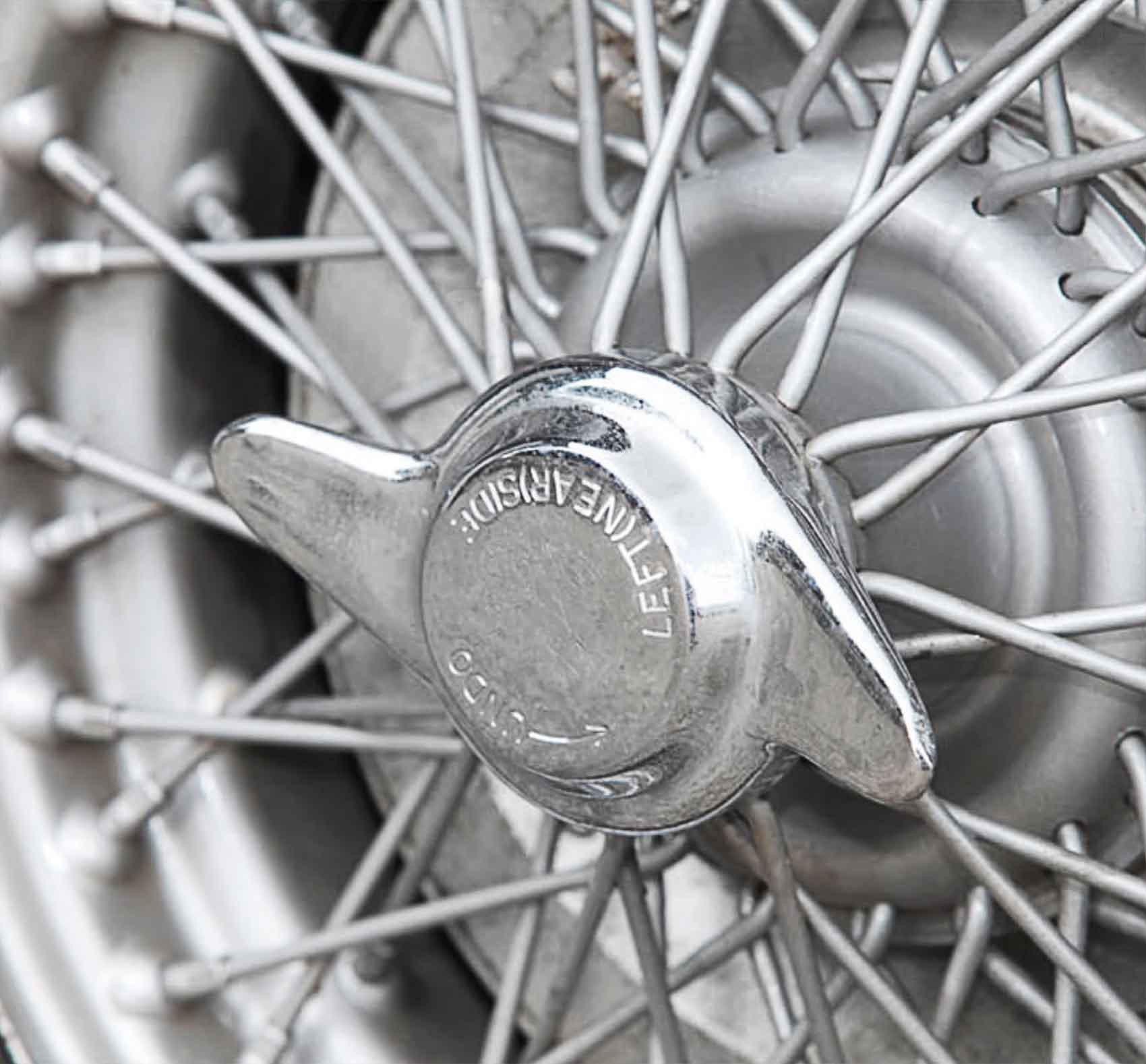
Wire wheel spinners carry helpful instructions
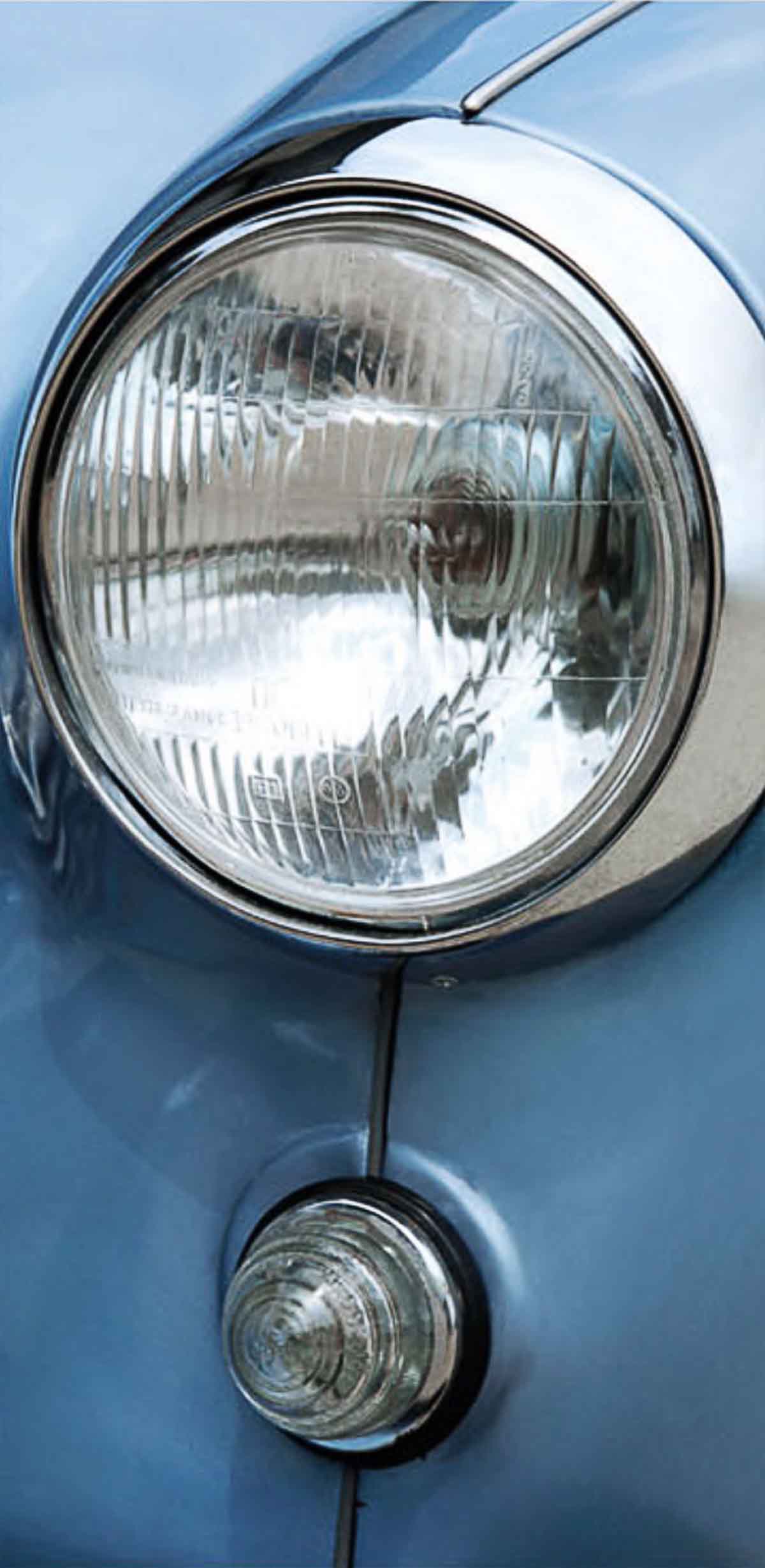
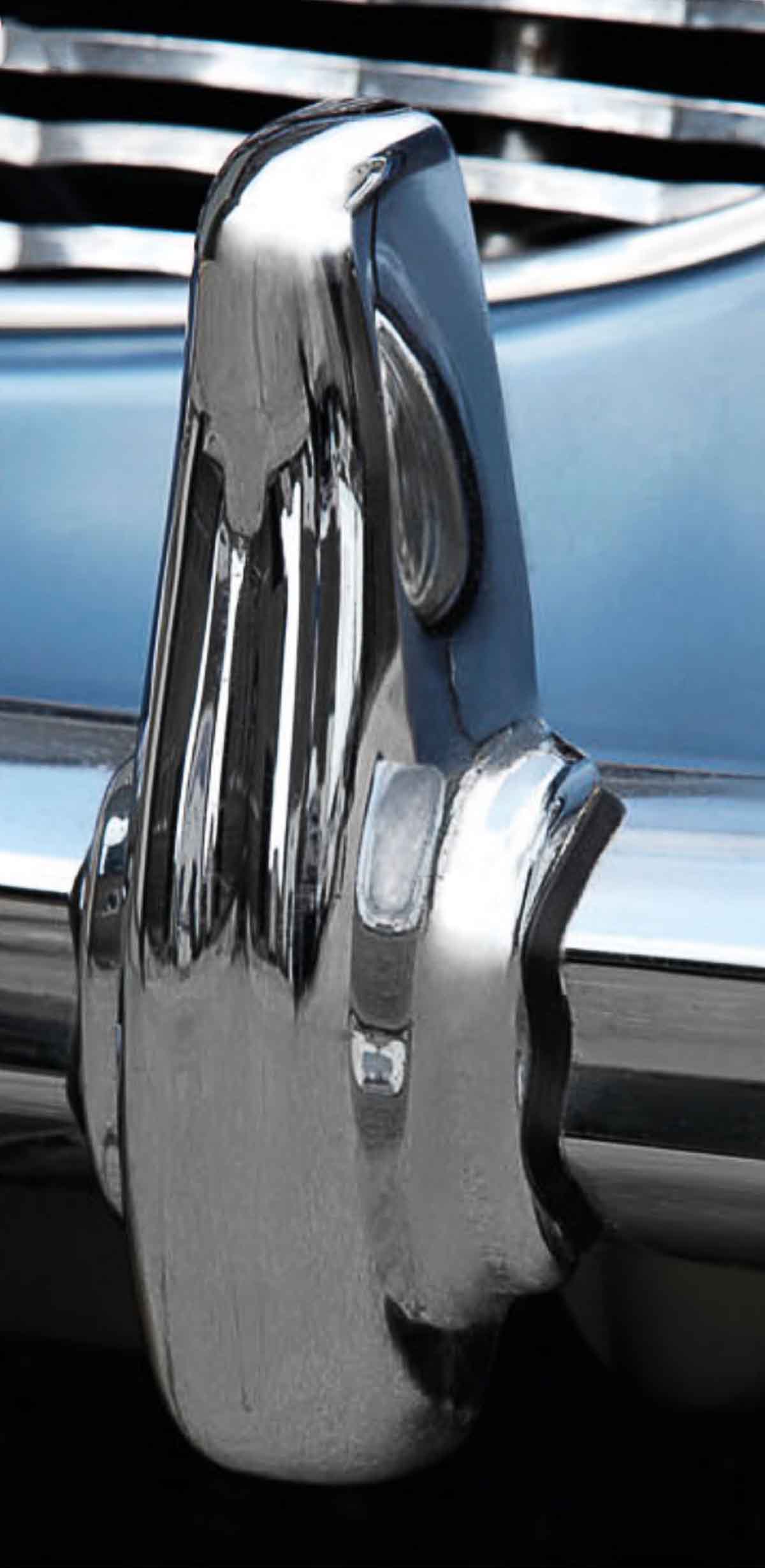
Headlamp with indicator light below.
Chrome-plated overriders to ward off low-speed bumps
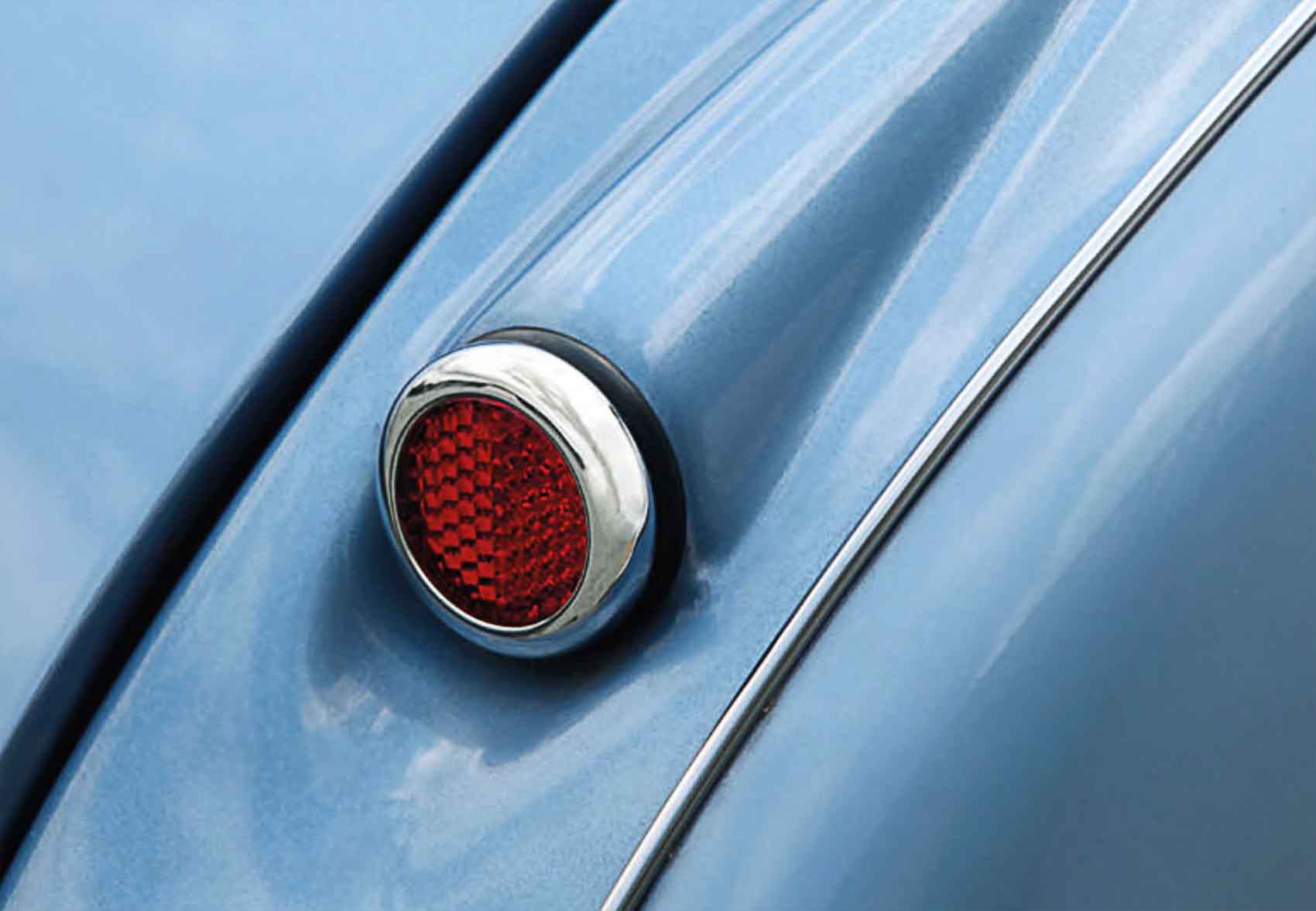
Reflector lens embedded in rear wing
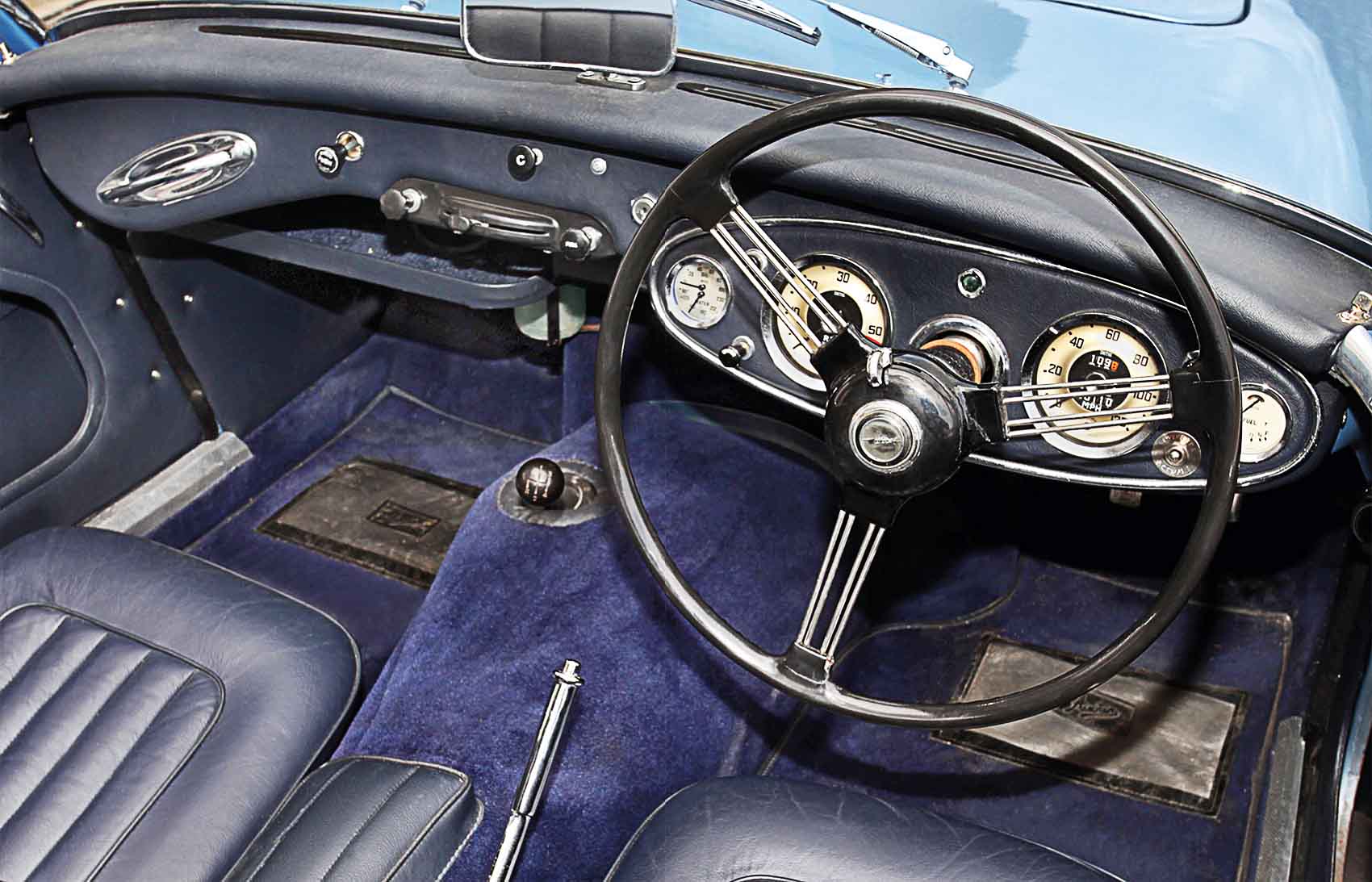
No-frills cockpit aimed at keen, fast drivers; accommodation snug
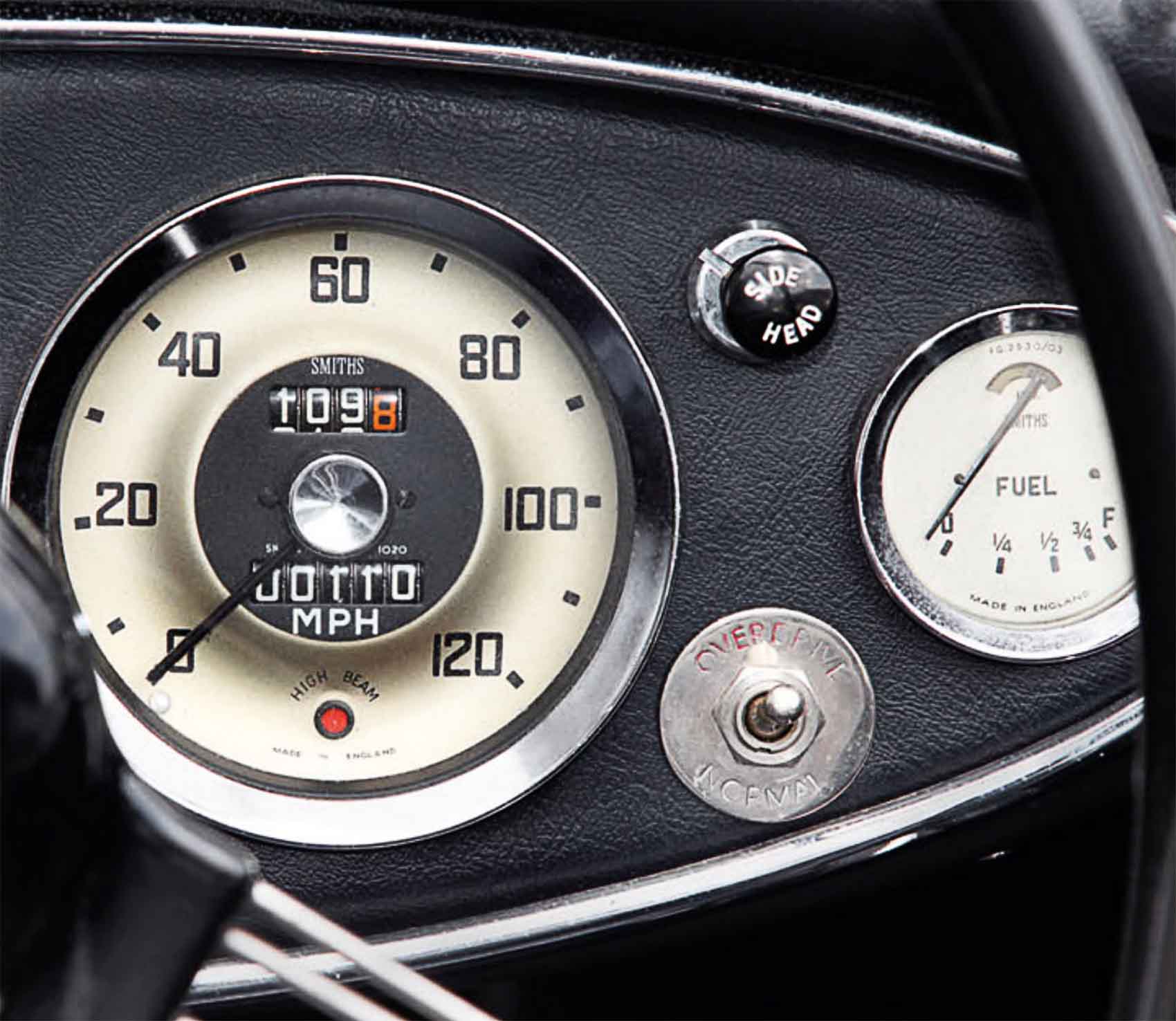
Speedometer reads up to 120 mph (193 km/h), actual top speed was 114 mph (183 km/h)
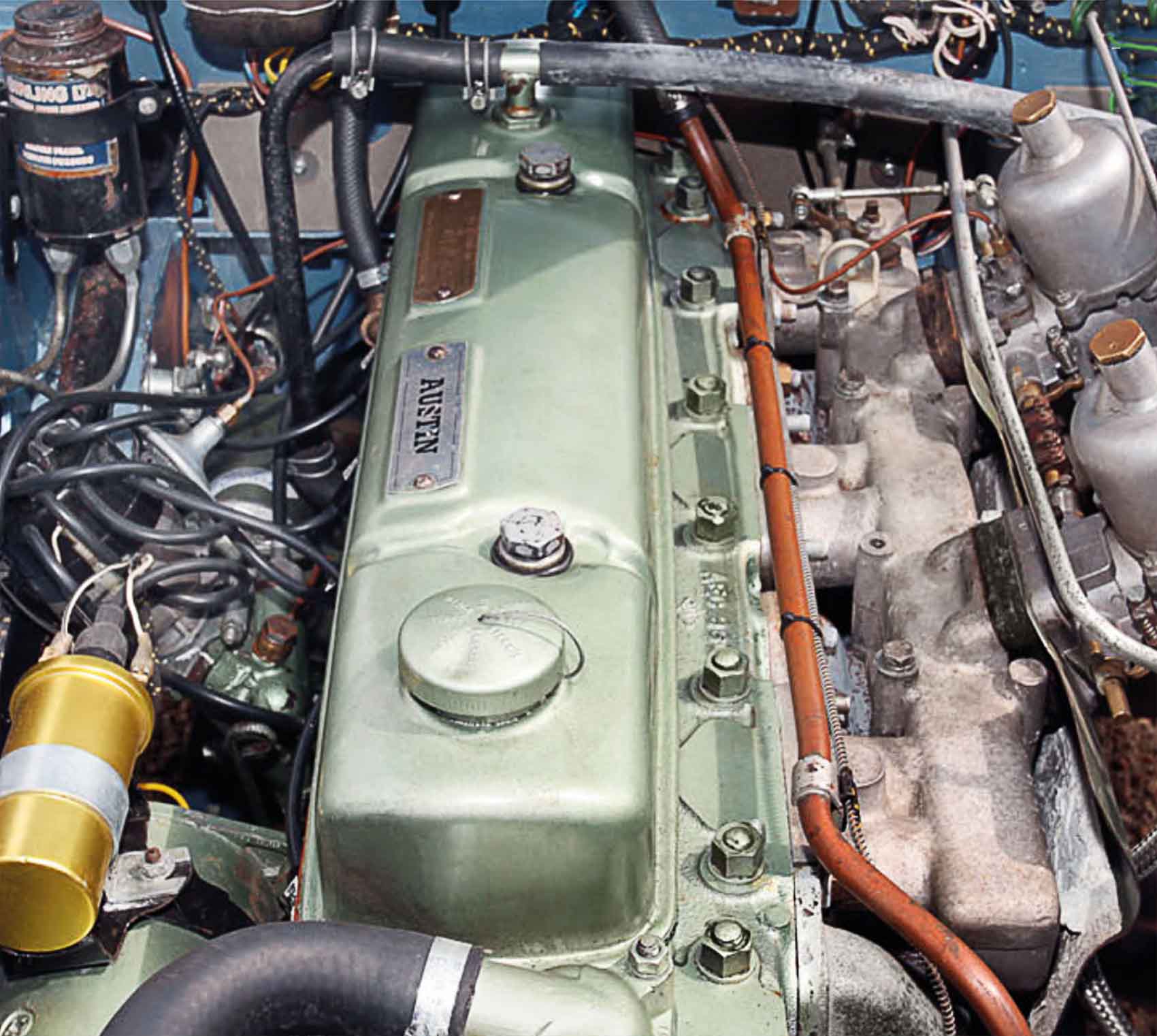
3-liter six-cylinder engine with twin carburetors
It is a quote. The Classic Car Book – The Definitive Visual History 2016




